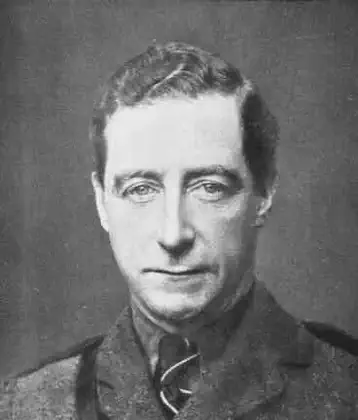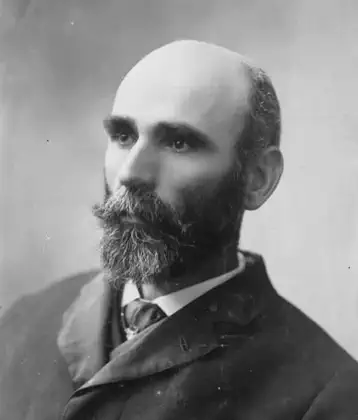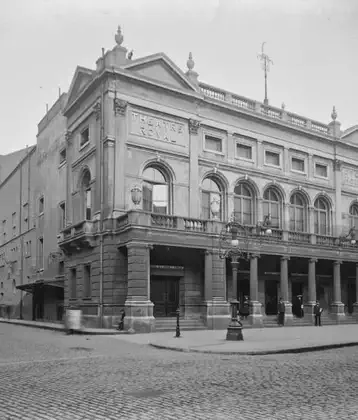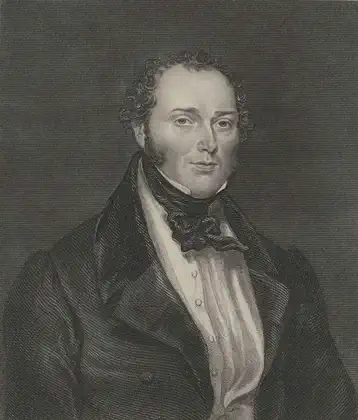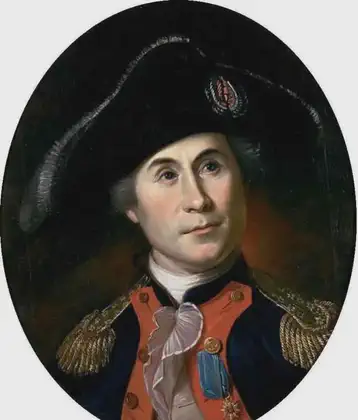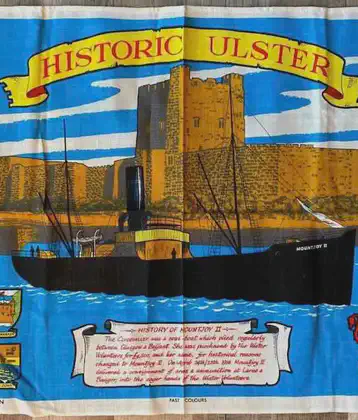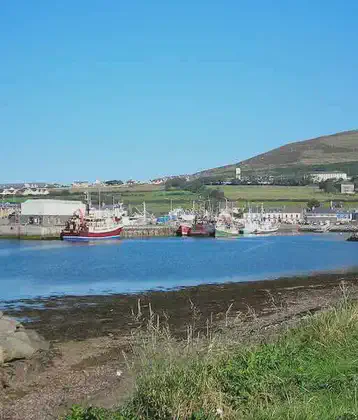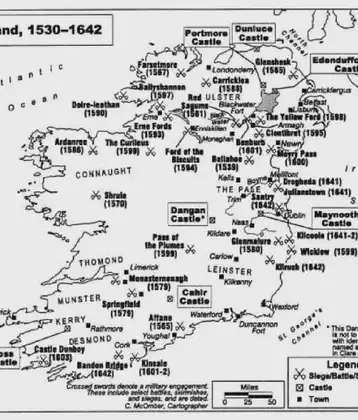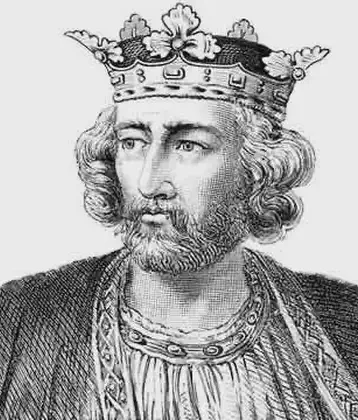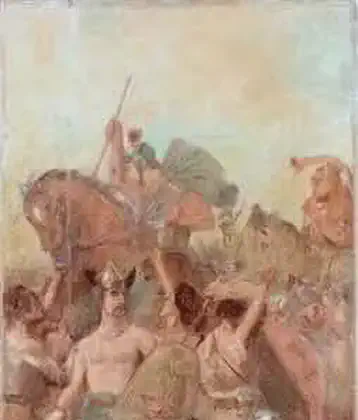On July 18, 1872 in Celtic History
Voting by secret ballot was introduced for the first time
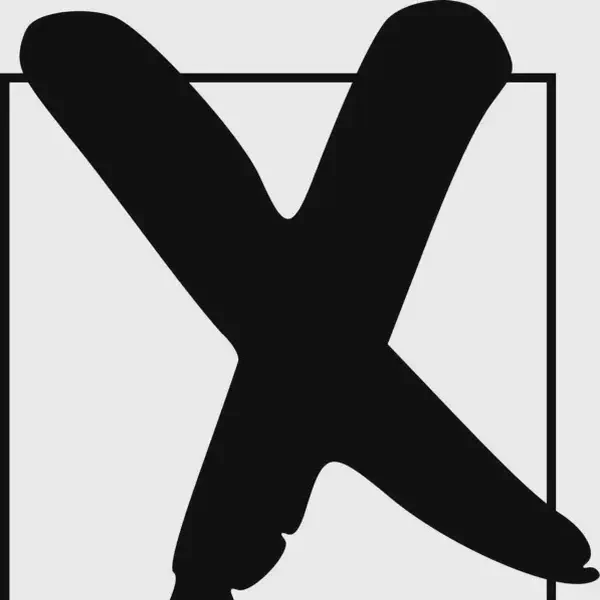
The demand for a secret ballot was one of the six points of Chartism.
The British parliament of the time refused to even consider the Chartist demands, but it is noted that Lord Macaulay, in his speech of 1842, while rejecting Chartism’s six points as a whole, admitted that the secret ballot was one of the two points he could support.
The London School Board election of 1870 was the first large-scale election by secret ballot in Britain.
After several failed attempts (several of them spearheaded by George Grote), the secret ballot was eventually extended generally in the Ballot Act 1872, substantially reducing the cost of campaigning (as treating was no longer realistically possible) and was first used on 15 August 1872 to re-elect Hugh Childers as MP for Pontefract in a ministerial by-election following his appointment as Chancellor of the Duchy of Lancaster.
The original ballot box, sealed in wax with a licorice stamp, is held at Pontefract museum.
However, the UK uses numbered ballots in order to allow courts to intervene, under rare circumstances, to identify which candidate voters voted for.
More From This Day
